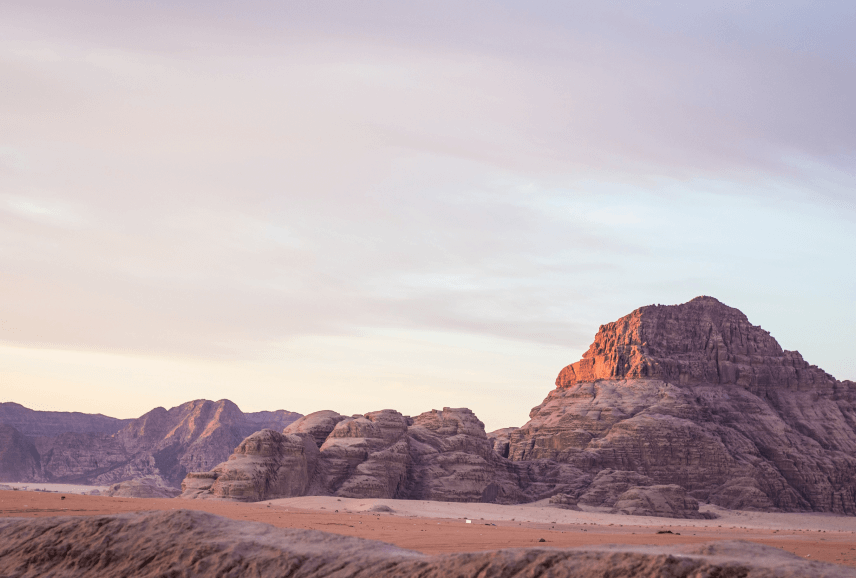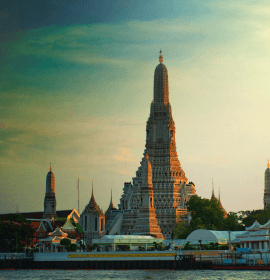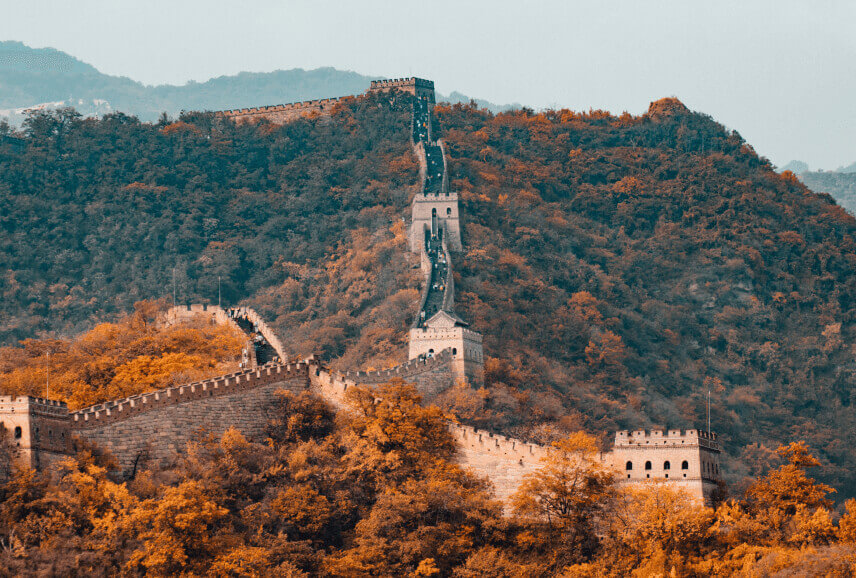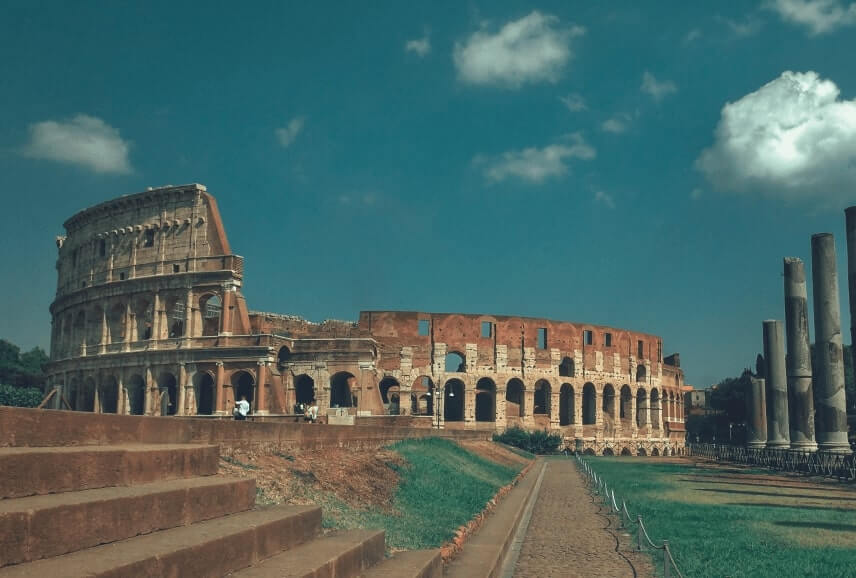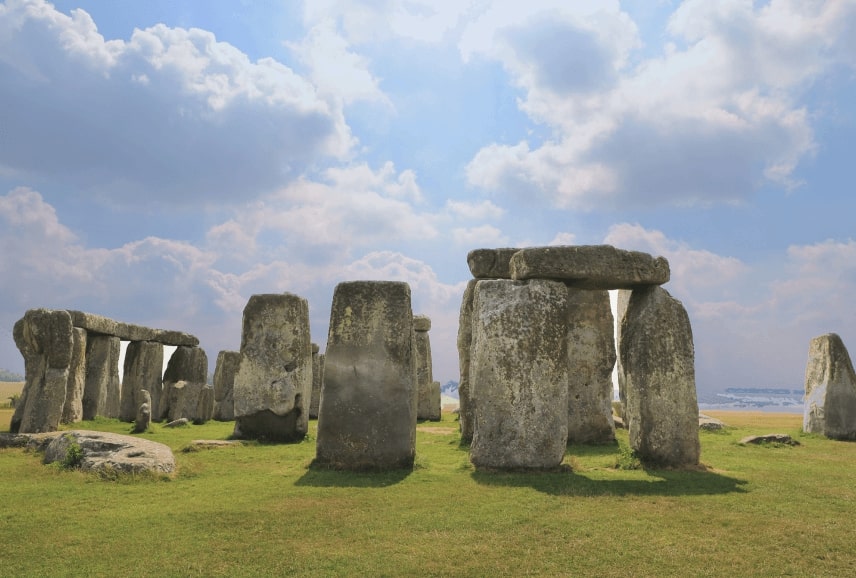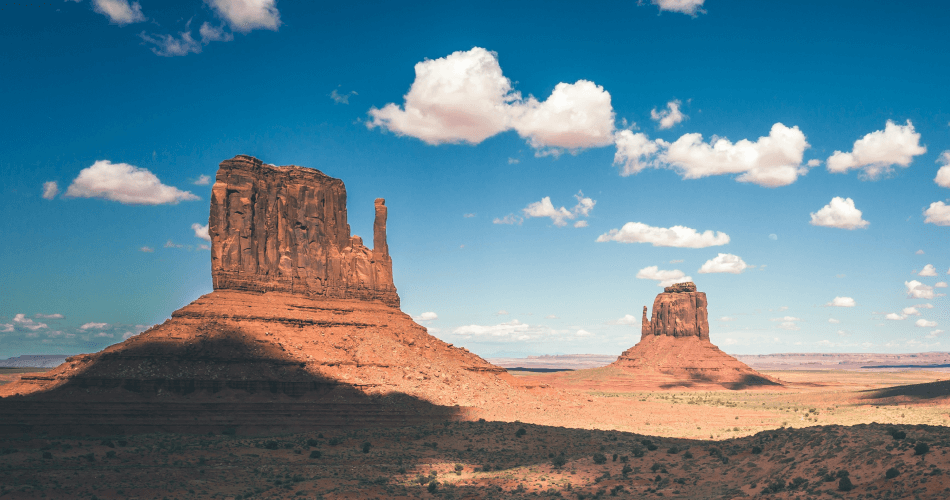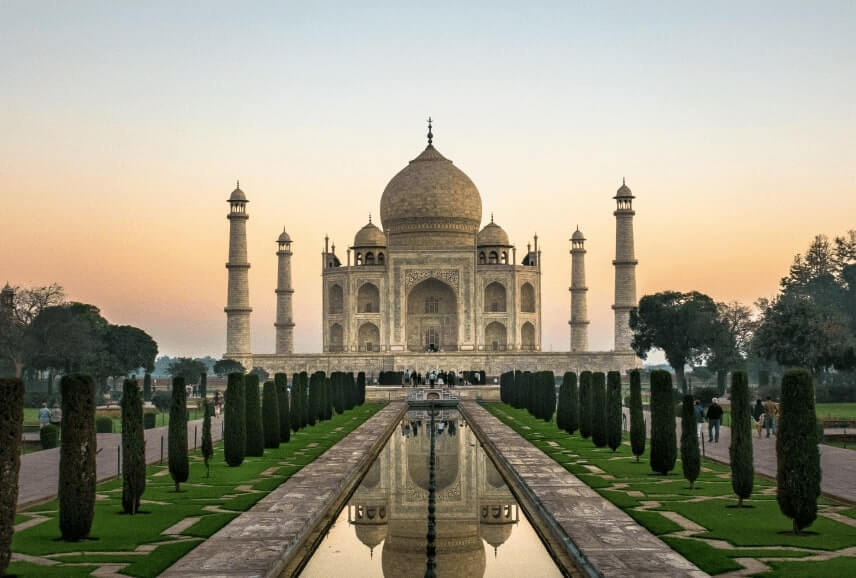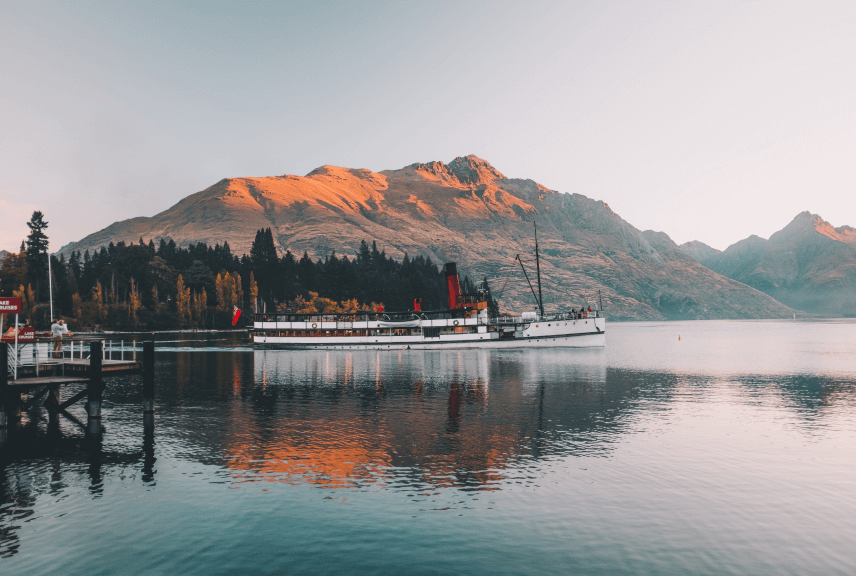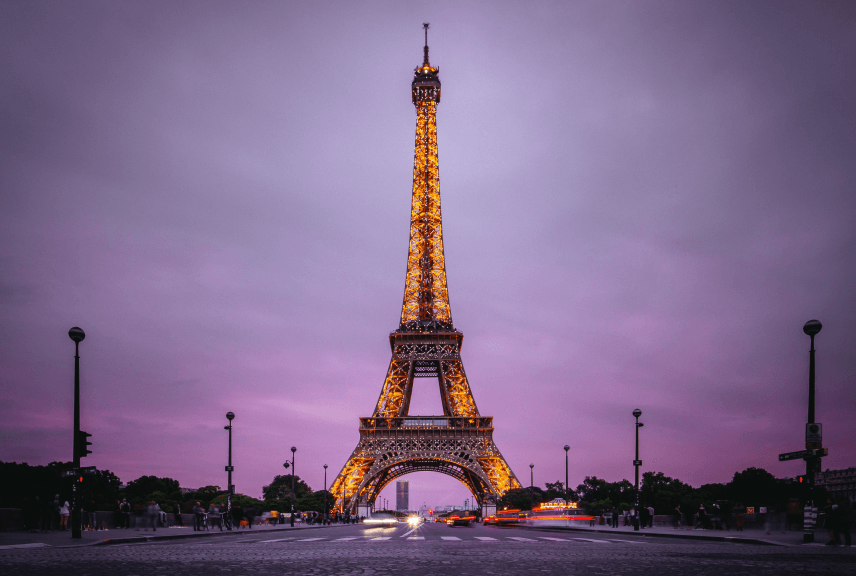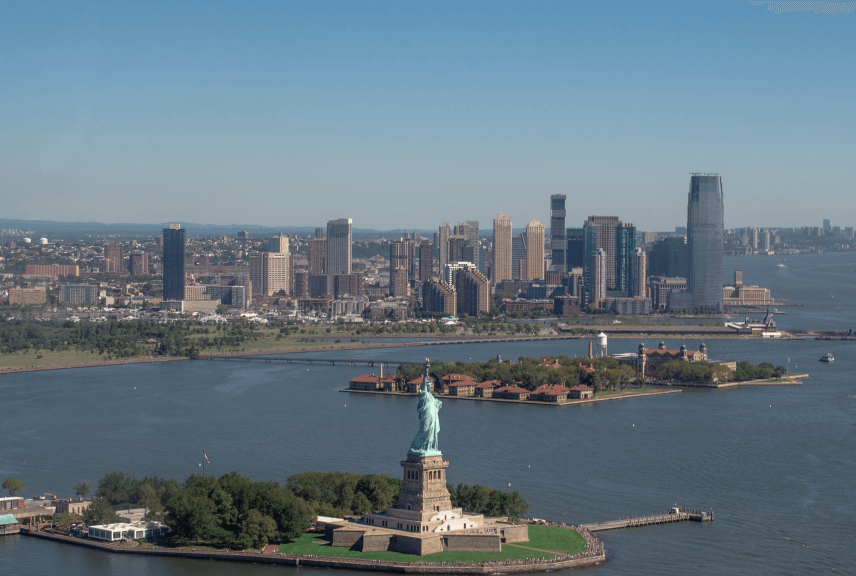
Ngorongoro is located some 180km west of Arusha. It is a multiple land use project and a UNESCO World Heritage Site since 1979. Ngorongoro covers 8,200 sq km. In terms of ecosystem, it is part and parcel of the broader Serengeti ecosystem. The area’s separate existence came about to reduce the conflicts over land use and wildlife management in Serengeti National Park. In other words, the pastoralist community was moved into Ngorongoro thereby creating a parallel scheme allowing human settlement side-by-side with the wildlife population. The pastoralist community in the area, the Masaai, have co-existed in perfect harmony with the wildlife. Visitors will often see children tending to cattle in an area which is known to have among the largest density of mammalian carnivores!
Ngorongoro is often regarded as the 8th wonder of the world, from stunning landscapes, wildlife concentrations to the “cradle of mankind”, Ngorongoro has it all. The Ngorongoro Crater’s intact caldera is home to the very rare Black rhino and the largest concentration of wildlife per square kilometre anywhere in the world. Further north from the crater you have the highlands plus the Olmoti and Empakaai Craters which are perfect locations for walking safaris. Further west from the crater you will find Olduvai Gorge, where the earliest remains of the human beings were found. A little further from Olduvai you will find the Ndutu Plains, home to wildebeest herds who calve in this area around late January and early February. This is also the area where you will find a healthy population of cheetahs and other carnivores who make this place their home when the herds are home!
Words alone cannot express the beauty of Ngorongoro, you have to see for yourself what this majestic place is all about. We are convinced that you will agree, it deserves the title of eighth wonder of the world!
How to get to Ngorongoro: It is 180km or 3-hour’s drive from Arusha on paved roads.
Activities: Crater game viewing, hike in the Ngorongoro Highlands, tour Olduvai gorge, visit the Masaai people, see the monolithic Nasera rock.
When to visit: Year around.
Where to stay: There are a number of options in the area to suit any budget. Including Tented safari Camp and Safari Lodges. We are able to reserve your accommodation in and outside the park in one of the following properties;
Ngorongoro Serena Lodge, Ngorongoro Sopa Lodge, Ngorongoro Wildlife Lodge, Rhino Lodge, Ngorongoro Crater Lodge, Ndutu Kati Kati Tented Camp, Ndutu Savannah Camp, Lake Masek Tented Camp, Tloma Mountain Lodge, Ngorongoro Firm House, etc.
Experiencing Ngorongoro: We recommend 2 days at Ngorongoro in order to visit the crater and enjoy some nature walks. If time allows, you could add a day or two to explore nearby areas. As seasons may affect the suitability of visiting some areas, we would recommend that you consult our tour consultant on an appropriate itinerary.
